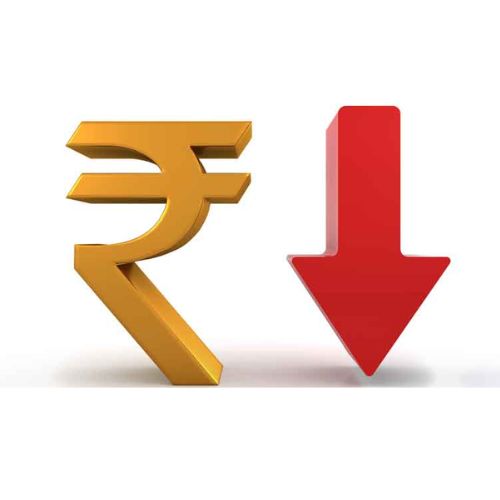In the month of May, Indians will witness a consecutive second decline in India’s wholesale prices, primarily attributed to the decrease in commodity prices. According to government data, the wholesale price index (WPI) experienced a significant drop of 3.48%, surpassing economists’ expectations of a 2.35% decrease. This decline follows a 0.92% fall observed in April, indicating a continued alleviation of inflationary pressures. This article delves into the key factors that have contributed to the decline in wholesale prices and analyzes its implications for the Indian economy.

The wholesale price index in India is greatly affected by the prices of commodities, and the recent adjustment in global commodity markets has had an impact on it. The decrease in commodity prices can be attributed to several factors, such as the interplay between global supply and demand, alterations in trade policies, and market speculation. Consequently, there has been a significant decline in the WPI during May, leading to price drops across various sectors.
The food sector stands out as a significant area where wholesale prices have declined. In May, the food index experienced a year-on-year decrease of 1.59%, contrasting with a marginal increase of 0.17% in April. This decline in food prices can be attributed to improved supply conditions, reduced transportation costs, and favorable weather conditions, all of which have had a positive impact on agricultural production. Lower food prices not only bring relief to consumers but also contribute to an overall moderation of inflationary pressures in the country.
The significant decline of 9.17% in wholesale prices during May can largely be attributed to the fuel and power sector. This sharp drop stands in stark contrast to the previous month, which saw a slight increase of 0.93%. The decrease in costs within the fuel and power industry can be attributed to the downward trajectory of global oil prices. Furthermore, the reduced demand for energy resulting from various factors, such as decreased economic activity and the ongoing impact of the COVID-19 pandemic, has also contributed to this decline.
The implications of this decrease in fuel and power prices are extensive, as it is expected to have a positive cascading effect on transportation costs and production expenses across multiple industries. With lower input costs, businesses have the potential to reduce their expenses, leading to improved profitability and increased competitiveness in the market.
The wholesale prices of manufactured products also witnessed a notable decrease, falling by 2.97% in May. This decline can be attributed to multiple factors, including reduced input costs for manufacturers, lower commodity prices, and improved supply chain management. The decrease in manufactured product prices can potentially stimulate demand and consumption, benefiting both businesses and consumers
India has been witnessing a gradual and noteworthy easing of inflationary pressure in recent months. Remarkably, the annual retail inflation rate dipped to a remarkably low level of 4.25% in May, depicting a decline of more than two years. The primary catalyst behind this remarkable occurrence can be attributed to the alleviation of cost pressures on food items. This substantial decline brings the retail inflation rate closer to the coveted target of 4% set by the esteemed Reserve Bank of India. Consequently, this respite in inflationary pressure provides ample room for the central bank to persist with its highly accommodative monetary policy stance, meticulously designed to bolster economic growth while diligently keeping inflation in check.
Economists, through their diligent analysis, anticipate that the wholesale price index will continue its negative trajectory well into the next quarter. This peculiar situation can be primarily attributed to the persistent influence of the base effect, which seems reluctant to fade away. As this sustained decline in wholesale prices persists, the Indian economy stands to be impacted in both positive and negative ways, presenting a rather intriguing dichotomy. On one hand, the pronounced decrease in prices can effectively alleviate the burden borne by consumers, magnanimously boosting their purchasing power and thereby playing a pivotal role in supporting the ongoing economic recovery. However, on the other hand, the persistence of deflationary pressures can exert undue strain on the profitability and revenue streams of businesses, consequently potentially leading to an undesirable deceleration in investment and job creation.
May witnessed India’s wholesale prices experiencing a second consecutive month of decline, propelled primarily by the significant reduction in commodity prices. The sectors of food, fuel, power, and manufactured products all bore witness to noticeable decreases in prices, further accentuating the downward trajectory. The commendable easing of inflationary pressure within the country, juxtaposed with the remarkable low observed in retail inflation spanning over two years, undoubtedly provides the esteemed Reserve Bank of India with the flexibility required to judiciously maintain its highly accommodative monetary policy stance. However, it is important to acknowledge that the prolonged period of declining wholesale prices may present a host of challenges for businesses, thus mandating a delicate balance between stimulating and propelling economic growth while simultaneously addressing the potential risks posed by deflationary tendencies.














